Adi Kailash, also known as Chota Kailash, Shiva Kailash, Shanti Stupa Kailash, Baba Kailash, or Jolingkong Peak, is one of the most revered mountain peaks in the Himalayas in Uttarakhand’s Kumaon region. It is regarded as a symbol of the divine presence of Lord Shiva. It is a deeply intense spiritual journey for those seeking faith, solitude, and the beauty of the Himalayas. Rooted in mythology yet lively on today’s pilgrimage paths, it beautifully blends sacred stories with rugged landscapes. Thus, it is an attraction for religious followers, spiritual seekers, adventure lovers, and cultural historians. It mesmerizes visitors with its beautiful valleys, lakes, and borderland villages where tradition and transcendence converge.
Set in the Pithoragarh district of Uttarakhand near the Indo-Tibetan frontier, Adi Kailash rises to roughly 5,945 meters, forming part of a high, glaciated skyline that frames the Kuti and Darma valleys of Kumaon. This location places the peak within a cluster of sacred geography that includes Om Parvat, Parvati Tal (also known locally as Gauri Kund), and a string of remote settlements such as Kuti and Gunji. The frontier setting makes the journey feel liminal: landscapes shift from forested river gorges to stark alpine meadows to moraine-strewn basins, with the peak frequently revealing and concealing itself as weather and valley bends change.
Devotees honor Adi Kailash as one of the Panch Kailash—the five famed “abodes” of Shiva across the Himalaya. Panch Kailash includes Mount Kailash (Tibet), Adi Kailash (Uttarakhand), Shrikhand Mahadev (Himachal Pradesh), Kinnaur Kailash (Himachal Pradesh), and Manimahesh (Himachal Pradesh). Within this sacred quintet, Adi Kailash is often regarded as second in spiritual preeminence after Mount Kailash in Tibet. And for many, it serves as the most accessible living echo of that ultimate seat of Shiva. The twin identity—both “first” in India and “second” in the mythic hierarchy—gives Adi Kailash a special charisma. It is both a substitute and a self-standing sanctum, a mirror and a revelation.
Mythology links Adi Kailash with events that represent extreme penance, devotion, and union. Legends often tell that Shiva was meditating for a long time in this place. That’s the reason why the mountains became a natural mandala for his ascetic practices.
Parvati’s devotion is often narrated through tests of austerity and steadfastness. This devotion is tied to the terrain, which serves as a stage for the divine courtship. The story culminates in marriage and the cosmic balance represented by Ardhanarishvara.
The stories of devotion sometimes position Ravana’s severe penances here. It also links to meditations attributed to Vedic seers and the Pandavas. Although there are many different versions, the central theme remains that the place is perfect for tapas, disciplined practice that refines intention and purifies the heart.
The nickname “Chota Kailash” symbolizes not only the similarity in surface features but also the similarity in inner features. A subtle similarity in the outlines and atmosphere of the two summits is noted by visitors who see them, although it is more a spiritual mirror than a cartographic twin. The mountain is considered an aniconic shrine (a natural linga rising above the valleys) with clouds and the sun performing the function of the temple’s drapery and lamp. Darshan here becomes a sort of tightly knit pilgrimage, especially when the weather chamber opens briefly, revealing the summit.
The Adi Kailash Yatra is a combination of motorable and trekking legs that pass through river valleys and high pastures. Om Parvat is often linked with the journey, as its “Om” shape, formed by the snow on the dark rock, is a sight recognized by those who follow the sacred syllable and sound. Parvati Tal/Gauri Kund gives access to water that is linked with the goddess’s energy and ritual purification, whereas the Parvati Valley evokes the association with the divine consort’s grace and creative power. A lot of the tour programs go over Gunji as a place of arrival and departure for the logical part of the journey, with days for acclimatization allowing the visitors to get used to the high altitude.
The journey is a gradual unfolding puja. Every curve shows a new “altar”—a confluence, a meadow, a rockface inscribed by history. And thus, it requires the pilgrims to slow down, take a shallower breath, and offer a salute to the area as far as the eye can see.
The level of difficulty is moderate to demanding. And it varies with the degree of acclimatization, the weather, and the chosen approach. With altitude being the main challenge, the terrain changes from good tracks to rocky, uneven paths.
The late spring to early autumn periods are generally considered the best times to climb. They allow for safer passage and clearer skies. However, the weather in the mountains is still unsettled. The early monsoon can be green and beautiful, but it is also associated with landslides and poor visibility. Post-monsoon periods can become windows of opportunity for stunning views if snow has not yet covered the higher approaches.
The approach is quite diverse, as it traverses different life zones of the Himalayas, including lower oak and rhododendron belts. These zones give way to Bhabhar outwash plains and pine spruce stands. And birch krummholz and alpine meadows are bright with primulas, potentillas, and saxifrages in bloom season. Above them all, you will find lichen-covered boulders and moraines, which are a testament to the mountain’s glacial past and present. Marmots are heard whistling warnings on sunny slopes; lammergeiers are seen riding thermals over the minimally decorated ridgelines. Silence is always there as a companion; wind, the narrator.
The Komoni villages, like Kuti, are full of myths interwoven with epic literature. Even the names of the places and oral histories refer to the time the Pandavas spent in exile during the Mahabharata, as well as the devotional genealogies of the local shrines. The wood-carved facades, stone roofs, and terraced fields are all the result of people’s adaptations to the altitude, weather, and seasonal rhythms. The hospitality is both practical and warm: tea made close to your cold morning, simple meals that give you strength for the climb. The pilgrimage economies support homestays, guides, muleteers, and small dhabas that not only become part of your memory but also the peaks that you haven’t forgotten.
Many devotees go to see both Adi Kailash and Om Parvat together. The fame of Om Parvat is its snow pattern that looks like “Om,” one of the holy symbols that is not created by human hands but is formed due to seasonal snows covering the dark rock. The visual is very beautiful when the sun is at an angle and the contrast is strong. People see it as a meditation activity: nature giving shapes and sounds, mountains teaching without words.
Parikrama is a desire that many people bring from the Mount Kailash tradition. The area and the permissions around Adi Kailash alter the way people approach circumambulation. Besides that, people perform the rituals of snana (ritual bathing) at holy lakes if it is safe, do offerings at local temples, recite Shiva stotras, and do silent meditation facing the peak. The trekkers follow the concept of “leave-no-trace” very diligently, which they consider their ecological dharma: pack-in-pack-out ethics, minimal campfire impact, deference to local customs, and respect for wildlife corridors.
Keeping the altitude in check is the most important thing. Usually, even very prepared climbers will find it difficult to manage if they do not ascend gradually and follow a strict hydration routine. Wearing layers that absorb sweat and provide warmth, carrying a waterproof shell, using sun protection, and wearing good, sturdy, and broken-in shoes are a few simple things that can help protect against the most common risks of altitude sickness.
If one wakes up early and starts the hike, they can avoid the weather build-up in the afternoon and have some time left for the turnaround in case of bad weather. Sometimes, the signal for communication is weak. In that case, taking the help of a local guide in a pre-planned itinerary acts as a backup. Familiarity with river crossings, the ability to read weather signs, and having contacts in villages can be very helpful. Pilgrims not only have to maintain their faith in God but also must practice wisdom. The power of prayer cannot replace the process of acclimatization or the use of common sense in the face of a storm.
Darshan moments are sometimes very short. For example, when the cloud clears for a few minutes, the summit’s outline can be seen like a removed veil. For many people, this brevity is the lesson learned: change as the nature of blessing. However, some people find meaning in the process—the walking that is done step by step, breath measured as if it were a mantra, the letting go of the everyday uproar into mountain silence. Depending on whether one considers Shiva’s tapas, Parvati’s devotion, or the pilgrim’s own will as the source, the arrival is a going beyond a place on the earth to a restart of attention and purpose.
Contemporary pilgrims include people from all walks of life. Families visit the Adi Kailash Mountain to get blessings for their marriage and start something new. Solo walkers want silence beyond digital access. Writers and photographers visit the Adi Kailash to sense the sharp light and the earth’s shape. Old people sense a youthful dream of returning to the Himalayas. The mountain accepts all these motives without making a difference. It is up to you to come here with modesty: to carry memories only and to dispose of a footprint that the next snow can cover completely.
Adi Kailash is a symbolic figure that represents the overlapping symbols of:
When on the Adi Kailash Yatra, you should be responsible and follow the etiquette. Pilgrim etiquette includes:
Animals and herding patterns require space. Bells and voices are loud in thin air. So travel quietly to show respect to the place and the people who live there.
With the arrival of the end of the spring season, meadows seem to awaken, and the weather can still be quite variable. Passing can still be covered with fresh snow even if it is very late. The first part of the monsoon provides the earth with saturated greens and an intense scent-ling but, unfortunately, the risk of rain, landslides, and obscured views also increases.
However, the post-monsoon periods are the ones that most of the time offer the sharpest clarity. Ridges can be seen against the deep blue sky. But at the same time, the nights become colder, and the early winter can also shut down the higher approaches. Besides all this, the light-color play—dawn with its golden touch on the peak, dusk with its purple hues on the ribs—making each day a distinct darshan, never quite repeatable.
Glacial tongues and polish on bedrock tell a slow story of ice advance and retreat. Moraines indicate the places where the glacier halted; tarns lying in the hollows reflect the sky as if it were liquid. Walking in these parts means understanding the earth as a sacred text: the endurance of the rock, the changeability of water, the cyclical nature of the climate. For some religious followers, this deep time during the Adi Kailash Yatra makes their faith grow bigger. For others, it offers an ecological perspective that changes the concept of religious duty as care for a shared home.
Pilgrimage logistics on the Adi Kailash Yatra wind their way through a chain of way stations. They are teahouses offering simple dal chawal, rotis straight from the tawa, and vegetable sabzi from terraces. Stays are sometimes at a local home or in a tent, where the temperature is kept up as much by talks as by blankets. Tales become abundant as they come with the steam of cups: of old winters, of border patrols, of rare clear nights when the Milky Way lies over the ridge like a heavenly necklace.
A great number of visitors wonder if Mount Kailash is the same as Adi Kailash. However, the question that makes more sense is how each of them conveys a different message. While the former gains admiration by its gigantic size and being famous all over the world, the latter shows the very character of the universe through its closeness to villages, small chapels, and the experience of the climb. One is the model; the other, a living neighbor. If you are a seeker, consider Adi Kailash your first step of initiation, an entrance into the Kailash principle. Later, you can embark on a journey to the far Kailash places.
Adi Kailash keeps inviting people to experience a dialogue, which is the conference between human frailty and the stalwart mountains, between legends and the daily bread, between eagerness and giving up. The mountain does not communicate through words but through its outlines and stillness. In a world that is very loud, this is what it has to offer. A pilgrim comes back carrying less: lungs filled with mountain air, a calmer mind, and some pictures that continue to be there long after the trail dust has settled.
In this way, Adi Kailash is alive not only as a location on the map, but also as a journey. This upward movement continues on normal days, a hint that the divine is close, and that practice is as much a way of walking as it is a final destination.
One of the safest and most effective ways to get to Adi Kailash is to take a flight or a train. You can even drive to Dharchula and then drive through local 4x4 vehicles via Gunji/Nabi to Jolingkong for Adi Kailash darshan and Kalapani-Navidhang for Om Parvat, which is dependent on having the required permits and the seasonal road conditions.
Pantnagar Airport is the nearest airport that you can use to reach the place by air. Kathgodam and Tanakpur are the nearest railway stations. There are road connections from Delhi to Pithoragarh and Dharchula. And you can complete the last part of the journey only by local taxis or the self-drive 4×4 vehicles. These vehicles are specially designed for recently constructed border roads.
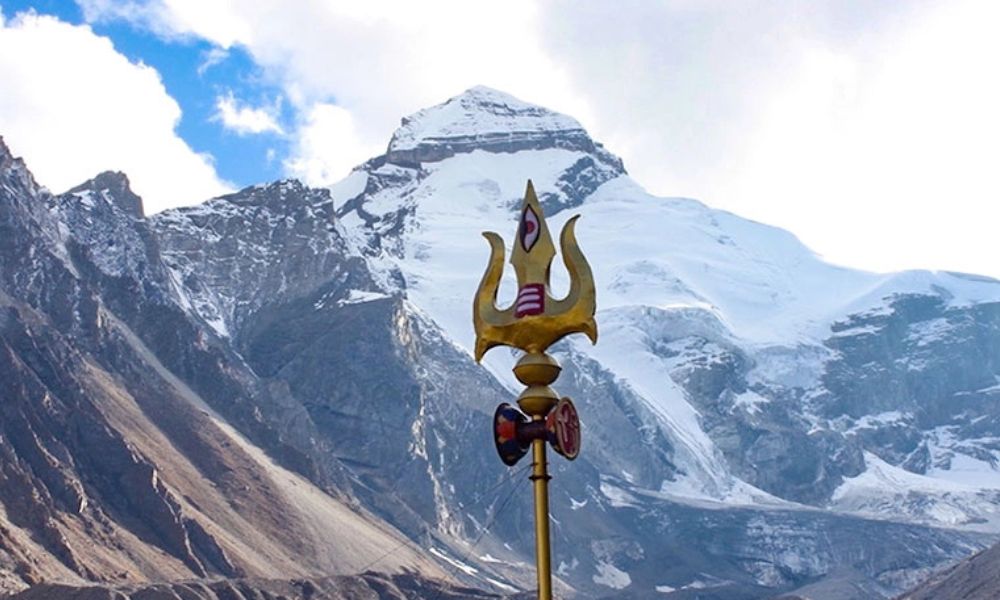
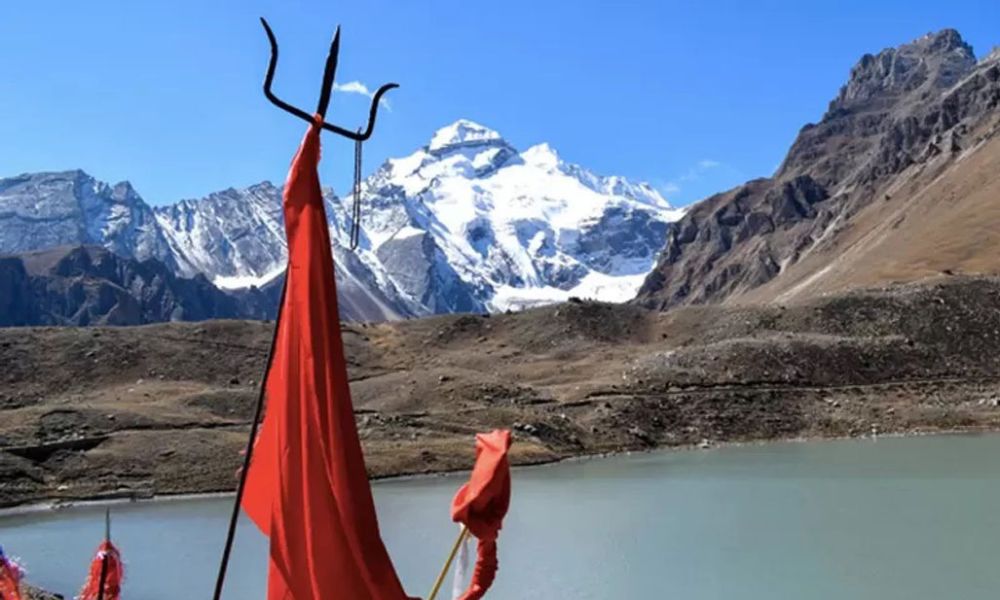
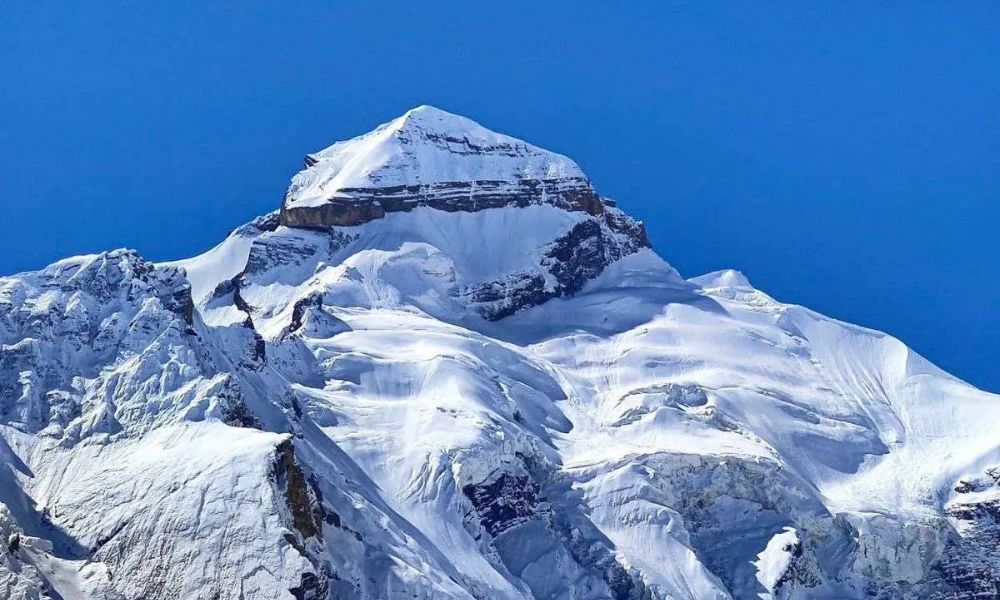
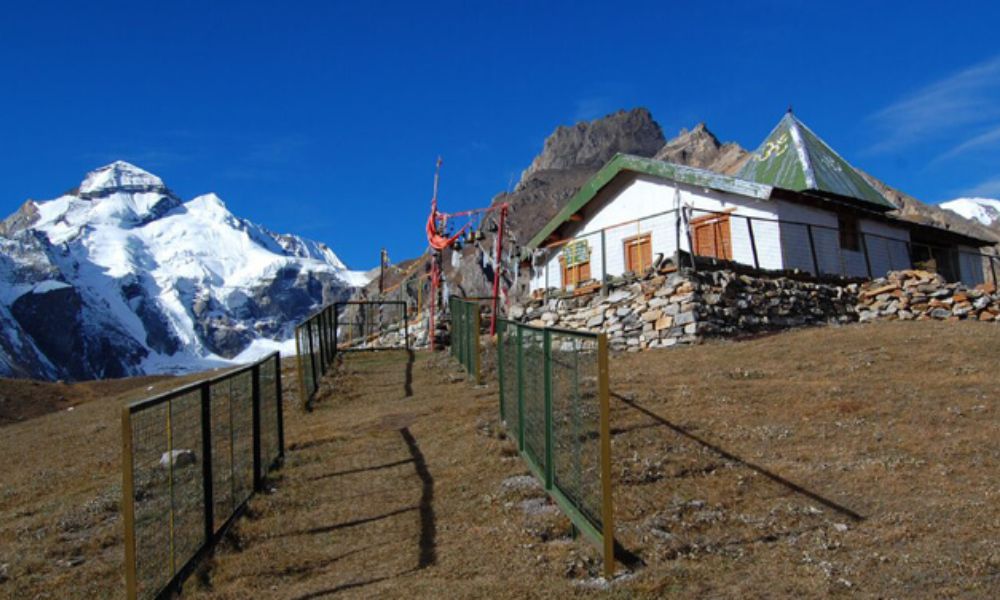
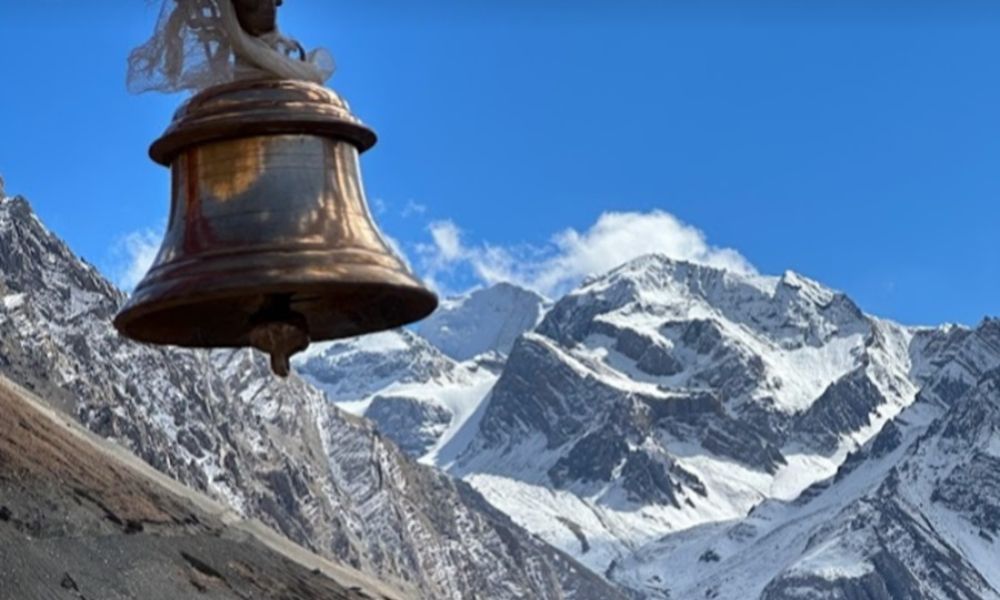

Copyright © | Adi Kailash Yatra | Adi-kailash-Yatra.com
Privacy policy | Terms and Conditions